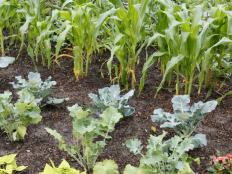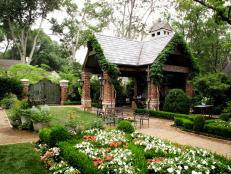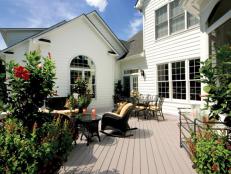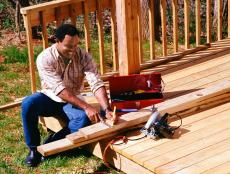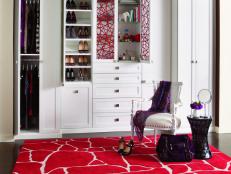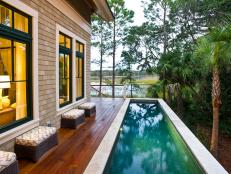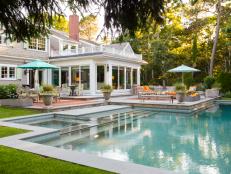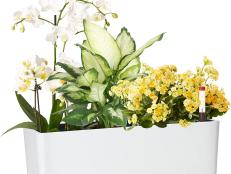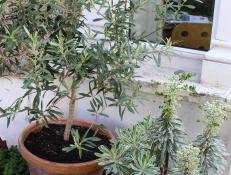Garden Exposure: Choosing the Right Site for Your Plants

iPhoto-Thailand / Shutterstock.com
The direction in which your yard faces affects the amount of sunlight it receives, while altitude influences temperatures. Take both factors into account when choosing your plants.
Which Way Does Your Yard Face?
Simply observing how much sun your yard receives gives an idea of its orientation. To work it out accurately, use a compass. Stand with your back to your house wall—the reading from here shows the direction the yard faces. South-facing yards get the most sun, north-facing sites the least.
Sunny and Shady Sites
Some yards are sunnier than others as a result of their exposure and other factors, such as shade-casting buildings, but in all sites, the amount of direct sun and the sun’s position in the yard change as the day progresses. A south-facing yard will have sun all day, a north-facing one much less, or perhaps none in winter.
Sunny gardens are usually more desirable, but shade does have its advantages. These gardens are cooler, have a more humid microclimate, and are less prone to drought. There are many wonderful shade-loving plants that will not tolerate direct sun, while in a sunny garden, slightly tender plants from Mediterranean regions, for example, flourish. The key is to work with what you have. Morning: areas that are in sun now may be in shade by the afternoon.
Beware Frost Pockets
Frost occurs when temperatures fall below freezing. Spring frosts can be particularly lethal in the garden, especially where many near-tender plants are grown. Even on a local scale, some sites will be more vulnerable than others, usually in areas where pockets of freezing air develop. Cold air is heavy, and sinks to the lowest point. If it cannot escape, it collects, forming a “frost pocket.” Here, frosts will be harder and linger longer, and you may get a frost when other areas remain above freezing. Gardens in valleys or in a hollow often suffer badly. Hedges or walls may create or worsen the effect, preventing cold air from flowing away. Thinning a hedge, using trellis instead of a solid barrier, or leaving a gate open on cold nights may help.
Creating Microclimates
Even within a single garden, you may notice great differences in the growing conditions. A border by a sunny wall or fence will be far warmer and drier than one in the shade, perhaps beneath a tree, which is likely to be more humid with a more even temperature range. A low-lying area will remain wetter than a border at the top of a slope, and some parts of the garden may be sheltered, others exposed. Gardeners can capitalize on these differences; even in small areas, they allow you to grow a wider range of plants. A sunny spot can be enhanced with a raised bed to improve drainage for tender plants; low-lying areas could be turned into a bog garden for moisture-loving plants. You can make a windy area more sheltered with a permeable barrier, such as a trellis.
Seasonal Impact
The direction your yard faces gives it particular properties throughout the year. A north-facing garden, or border in front of a north-facing fence, will receive little sun in winter, remaining cold and damp, but temperatures will be more constant than in a south-facing area that is warmed after a sunny winter day, only to be chilled at night. Plants exposed to constant chill also start into growth later, but are affected less by late frosts. While potentially dank in winter, a north-facing area offers a cool retreat in summer, and lush, moisture-loving woodland plants will thrive there. Spring bulbs take advantage of the sun spots under bare deciduous trees, areas that receive little light in summer. Sunny patios are ideal for tender plants, but may get too hot and dry in summer for some plants.






